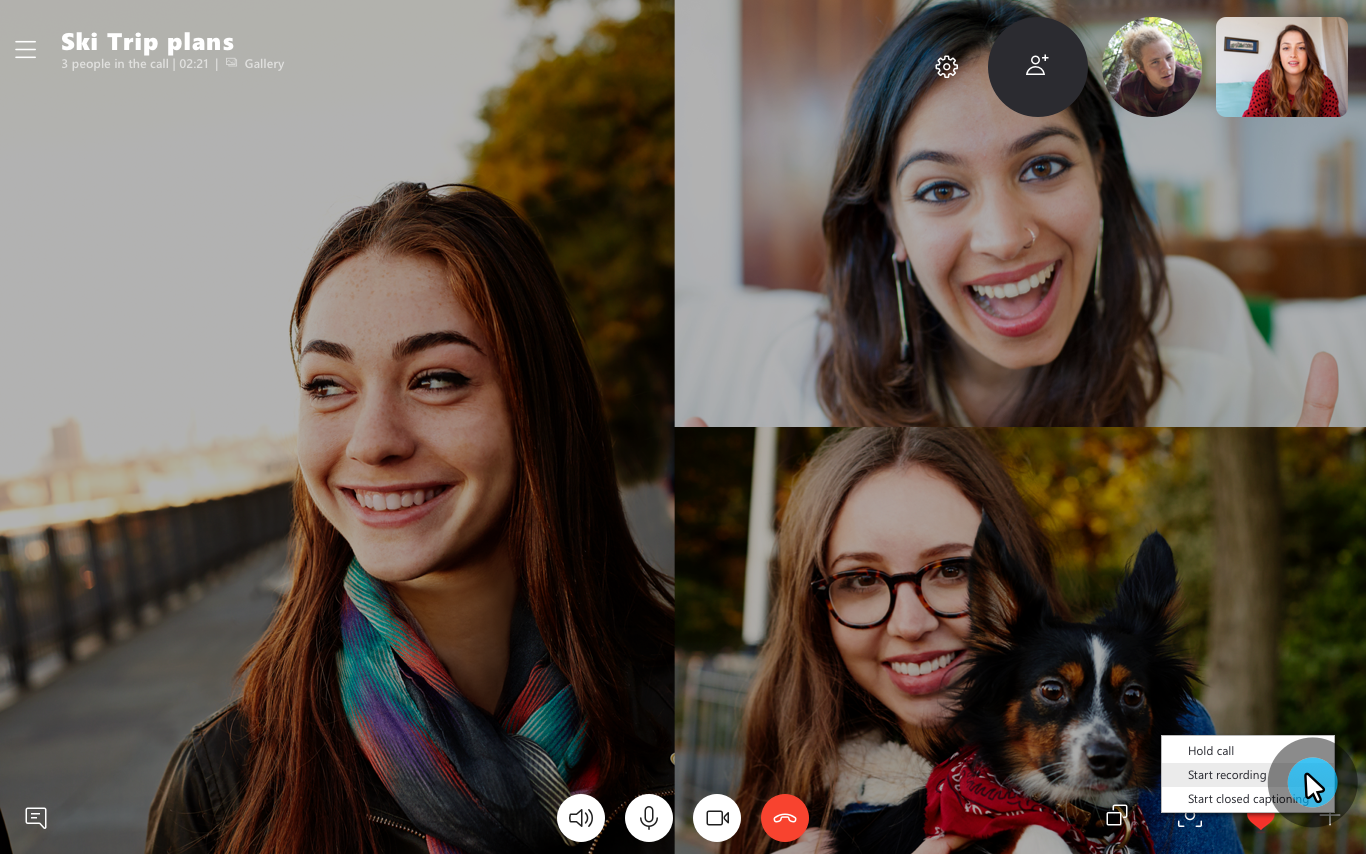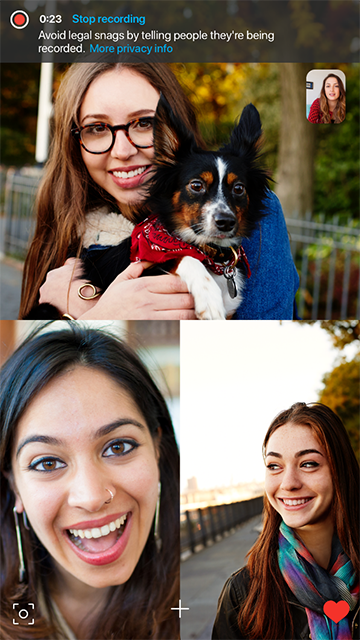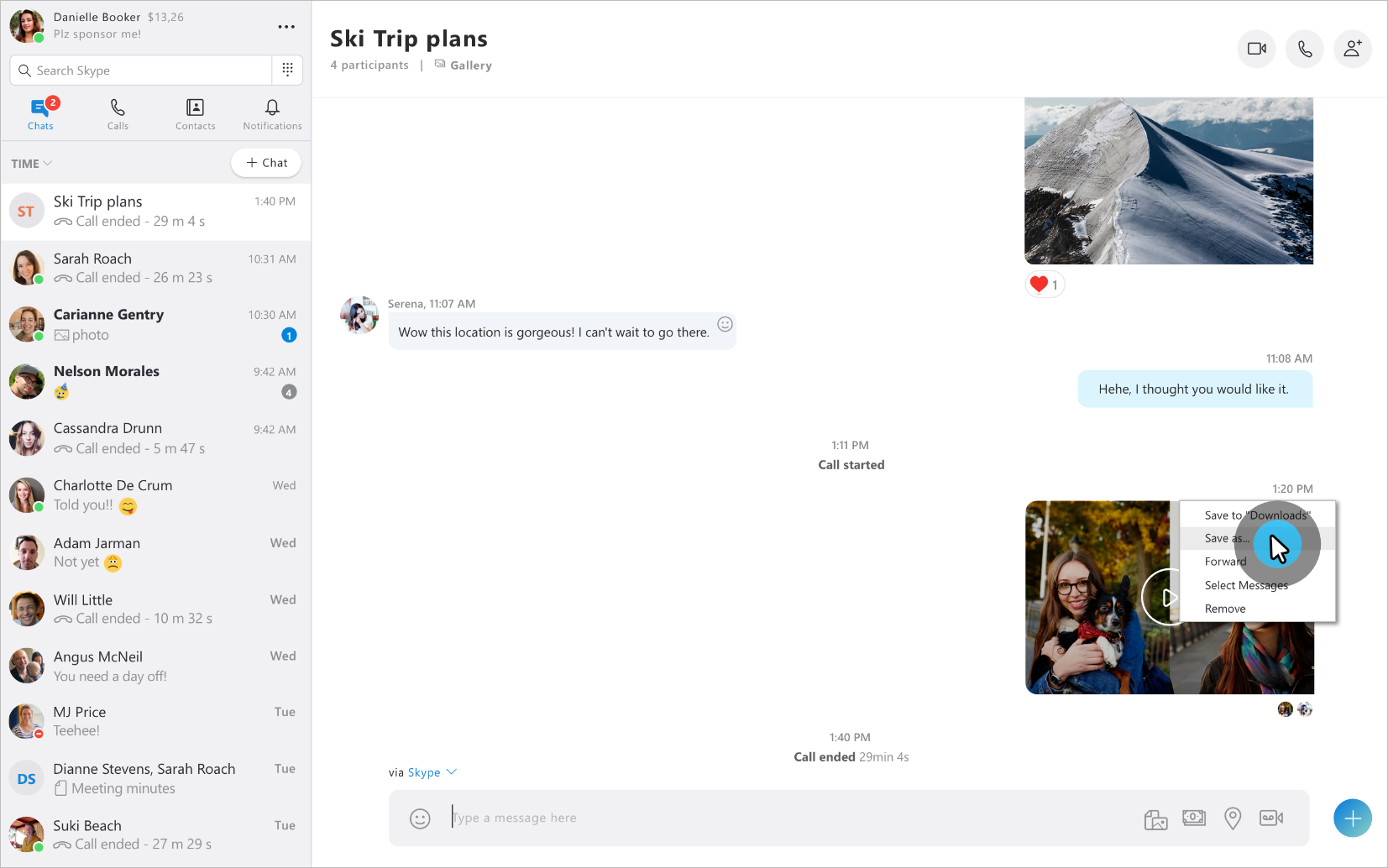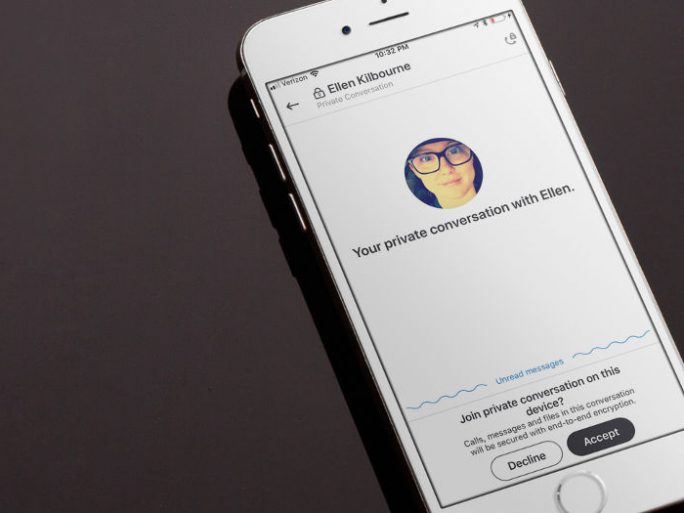Microsoft has added call recording to Skype, more than ten years after it introduced video calls and just over fifteen years since the platform made its debut on 29 August, 2003.
The cloud-based feature is available on all platforms in the latest version of Skype except for Windows 10, which will get it in “the coming weeks”, Microsoft said.
The feature means users don’t have to rely on a second application or a Skype plug-in to record calls.
In the case of video calls the recordings include all participants’ video streams in a single view, for instance showing a split-screen view in the case of a two-person video conversation.

Cloud storage
Microsoft stores recordings for 30 days on its cloud back-end, but gives users the option of downloading the video during that period.
The cloud-based videos can be accessed via Windows, Mac, iOS, Android and Linux devices.
To start a recording during a call, users click the + sign, causing a popup menu to appear on the desktop version of Skype with the option to “Start recording”. On a mobile the app displays a record button with the same text.
When Skype begins to record, it notifies all participants with a banner at the top of the screen displaying a recording symbol and the length of the recording.
It also displays a notice from Microsoft that users should always “avoid legal snags by telling people they’re being recorded“, with a link to Microsoft’s privacy statement.

Downloading recorded calls
When the call has ended, the recording is processed and then appears in all participants’ chat timeline.
On a mobile, to save the recording users long-press the item in the timeline and then tap the save option, which saves it on the phone’s camera roll.
On a desktop users click the “More options” menu on the right side of the recording to save it.
Microsoft has announced several new features on their way for the platform, including read receipts and a simplified redesign that rolls back controversial features introduced last year.
In June 2017 Microsoft substantially changed Skype’s user interface, adding Snapchat-like features.
But the company admitted earlier this week that the new features had proven unpopular and that users had found it unnecessarily complicated to carry out basic actions such as making calls and sending messages.
The new design will simplify navigation and refocus Skype on “the fundamentals”, Microsoft said.






